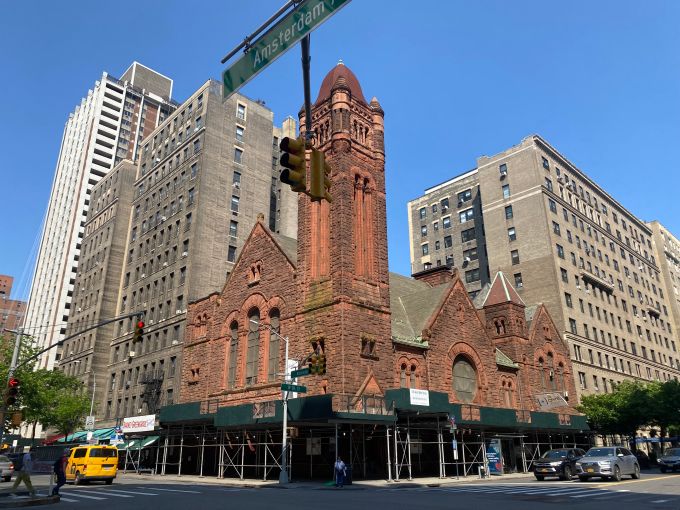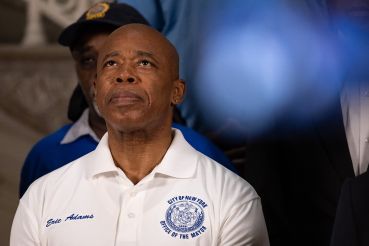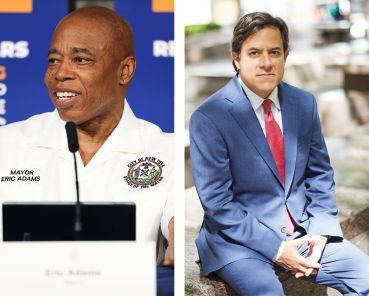Independent Analysis Sides With West-Park Church That Repairs Are Too Costly
By Mark Hallum October 31, 2023 10:55 am
reprints
Mark Ruffalo’s best efforts be damned, a landmarked Upper West Side church may be replaced by a residential tower.
Tuesday morning, the Landmarks Preservation Commission (LPC) may have come one step closer to siding with the congregation of West-Park Presbyterian Church in its hardship application by acknowledging the validity of the church’s arguments that the high cost of renovating the 140-year-old structure doesn’t warrant the investment.
Analysts for the LPC released findings that the preacher-less, 12-person congregation at 165 West 86th Street would not likely see a return on its investment for the estimated $50 million in repairs, and neither would a third party if there was no redevelopment.
A reasonable return would be 6 percent of the property’s assessed value, according to the LPC.
The LPC has not decided whether to grant the church’s hardship request and allow it to demolish the structure and let Alchemy Properties replace it with a residential tower, but Tuesday’s move brings it one step closer.
“While we are still reviewing the details of the studies commissioned by the LPC, we appreciate that the independent review of our hardship application confirms the studies and analysis we presented,” a spokesperson from West-Park said in a statement. “Our congregation remains focused on ensuring a path forward to create a safe, modern worship space in the Upper West Side where we can gather and invite our neighbors to celebrate arts and culture in our community.”
Originally landmarked in 2010, the church has been encased in scaffolding for more than 20 years as the congregation has estimated that a full repair of the property would costs up to $50 million. Activists cast doubt on the church’s estimate, but an indenpendent analysis by Weitzman Associates and Cummings commissioned by the LPC put the total renovation costs at $58 million.
Weitzman’s assessment added that, as a commercial building, the restored church would yield only about $1 million per year in income
Preservationists and city politicians, namely Councilmember Gale Brewer, have said their own repair estimates put the costs closer to $20 million, while other engineers have said it would cost more just to upgrade the building to match modern fire safety code.
Brewer found one part of the assessment encouraging: a mention by Donald Friedman of Old Structures Engineering that the cost of making the building safe without a full renovation could cost as little as $1.7 million.
“More importantly, the developer added to $200,000 [to potential renovation costs] to remove asbestos,” Brewer told Commercial Observer. “Well, it turns out that there was no asbestos.”
Brewer sees many of the costs associated with the church’s renovation in the analysis — not just the matter of asbestos — as simply inflated by hypothetical situations such as securing stained glass windows which were found to need less costly repair work.
The LPC analysis found that the church’s claims were “reasonable and supported by market conditions and underwriting standards.”
Friedman said that the building’s sandstone veneer poses the most serious threat to public safety, with other parts of the structure posing a future hazard. The red and brown stone, four to five inches thick, deteriorates in the region’s climate.
A cross gable on the south facade is compromised, according to Friedman.
“That wall is not going to fall today. However, it will continue to move and will fall at some point if not addressed,” Friedman said.
Update: This story has been updated with a comment from Gale Brewer.
Mark Hallum can be reached at mhallum@commercialobserver.com.


